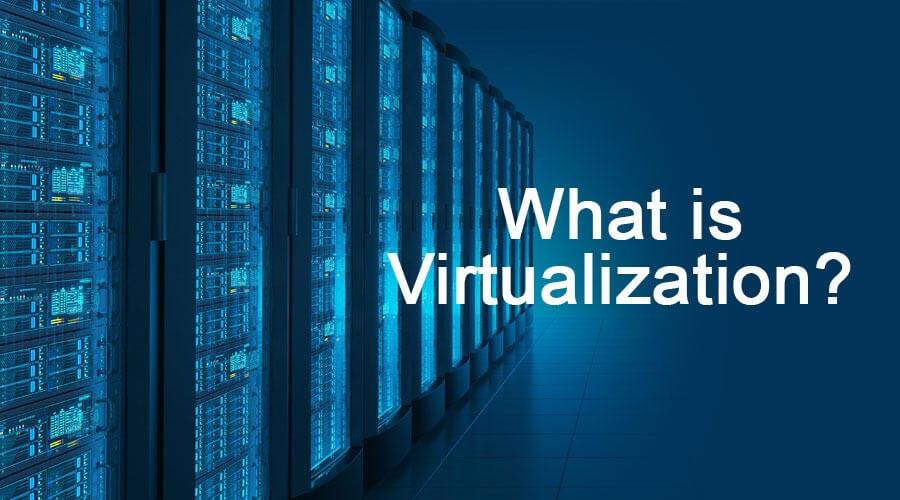How to Enable Virtualization?
Virtualization is the technology that creates virtual versions of various resources such as the operating system, server, storage, etc., thus allowing software to replicate hardware functionality and create a virtual system independent from the hardware. It is akin to multiple operating systems running concurrently on a single computer.
Multiple Virtual Machines (VMs) or virtual computers are formed by dividing the hardware resources, such as processors, servers, storage, etc. The hypervisor is a thin layer of software that separates the VMs from the host and interactively allocates resources as the VMs need. For the applications that run on the VMs, the virtualized or guest system seems to have dedicated resources with distinct operating systems, libraries, and programs independent of the host system.
System Requirements
Hardware Virtualization System Requirements
- Windows 10 Pro or Enterprise
- 64-bit processor with Second Level Address Translation (SLAT)
- 4GB system RAM (minimum)
- BIOS-level Hardware Virtualization support
Why Should You Enable Virtualization?
Virtualization can increase scalability while reducing costs. Some of the benefits that enabling Virtualization can bring to an organization are:
- Cost Savings—When you enable Virtualization, a single physical server is replaced by multiple virtual machines, reducing idle compute time and promoting optimum resource utilization. Improved server utilization can alleviate personnel time management, and a resource crunch can eliminate multiple servers by enabling Virtualization.
- Downtime Reduction and Flexibility during Disaster Recovery – When a physical server is affected, replacement or repair is often time-consuming.
- Improved Productivity and Efficiency—Given the nature of the virtual environment, virtual machines are easier to install, maintain, and update. Hardware maintenance and monitoring efforts can be drastically reduced since the same updates are not required on each server separately, thus effectively improving the utilization of the IT team.
- Development and Testing—Simulation of virtual—Simulating developers run tests without altering the production environment. Software updates can be rolled out faster since the environment offers agility for development and testing.
How to Enable Virtualization in Windows 10/11?
To enable Virtualization in Windows 10/11, ensure that the device supports Virtualization by checking the BIOS (Basic Input Output System) or UEFI (Unified Extensible Firmware Interface) firmware settings as follows:
Method 1:
Through Command Prompt
- Run the command prompt
- Enter the command systeminfo.exe
- The command will gather system information and display the result
- Check Hyper-V Requirements
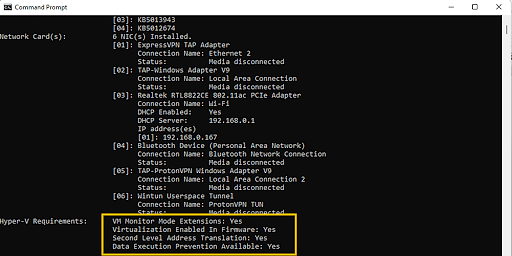
Method 2:
Check the Performance Tab of the Task Manager
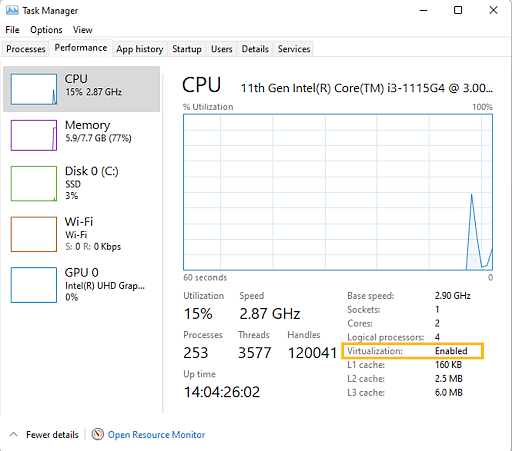
If Virtualization is Disabled, follow these steps to enable it in BIOS or UEFI settings.
How to Enable Virtualization in BIOS?
- Reboot the computer
- Enter BIOS by pressing the key while the system restarts from a black screen. The hotkeys differ depending on the brand of the computer used. Usually, the Delete keys to enter the BIOS are F1, F2, F3, F10, Esc, and other hotkeys. Press Tab and press Enter to continue.
- Select Virtualization and Enable
- Save changes and reboot the computer
- BIOS can also be accessed through Windows in Settings.
How to Enable Virtualization in Windows 10?
1. Go to Windows Settings
2. Click on Update and Security
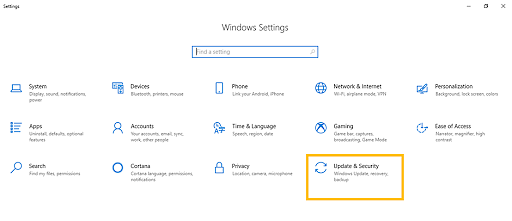
3. Click on Restart Now from the Recovery Tab to enter Windows Recovery Environment
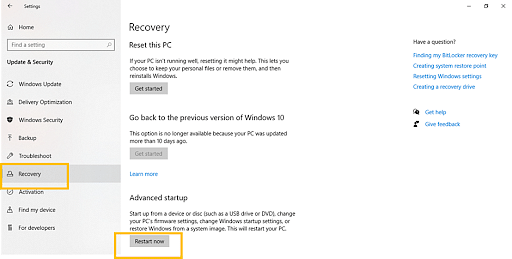
4. Click Troubleshoot > Advanced > UEFI Firmware Settings.
5. To continue, click Restart
6. BIOS Settings will be displayed. Select Virtualization and enable it
How to Enable Virtualization without BIOS?
To enable Virtualization without opening the BIOS, follow these steps:
- Navigate to the Security tab and press Enter on CPU Setup
- Select Intel(R) Virtualization Technology and press Enter
- Choose Enable and press Enter
- Press F10
- Press Enter to select Yes to save the settings and boot into Windows
Uses of Virtualization
- Virtualization provides a cost-effective way to decouple email, database, and web servers, resulting in an inclusive and reliable system.
- Key components such as file systems and disk drivers can be developed using Virtualization without compromising stability.
- Data Virtualization involves separating the database between the storage and application layers within the application stack. The data remains in source systems and can be consumed through an integrated view.
- Deploying virtual machines from the data center to build a cloud-based infrastructure is possible. Migration to the cloud and virtualization make migration easier through reduced hardware dependence.
FAQs
1. What is Virtualization?
Virtualization is creating a virtual version of an operating system, server, storage device, or network resource.
2. List the different types of Virtualization.
- Application Virtualization
- Hardware virtualization
- Desktop Virtualization
- Network Virtualization
- Server Virtualization
- Storage Virtualization
3. What are the benefits of Virtualization?
- Cost Reduction
- Multiple systems can be installed on a single platform
- Reduces the space involved in establishing data centers
- Reduced dependency on hardware for running complex applications
4. Name the components of the VM infrastructure.
- Database
- Web browser
- License Server
- Virtual Centre Server
- Virtual Infrastructure (VI) Client
- ESX Server Host
5. How are containers different from virtual machines?
Although containers and virtual machines are similar resources, the critical difference is that virtual machines ultimately virtualize a system’s layers; in contrast, containers virtualize software layers above the operating system level.
6. What is a Hypervisor?
The hypervisor, or Virtual Machine Monitor (VMM), is the software used to create and run virtual machines (VMs). It allows the host computer to share resources, such as memory and processing, to support guest VMs.
7. What are the types of Hypervisors?
- Type 1 or Bare metal is a lightweight hypervisor that runs directly on the host’s hardware.
- Type 2 or Hosted Hypervisor runs as a software layer on an operating system, similar to other computer programs.
8. What is QEMU?
QEMU is a free and open-source machine emulator that can run programs and operating systems for one machine on another.
9. What is Docker?
Docker is open-source virtualization software that helps developers develop applications. It contains all the necessary components, such as libraries, to run the application efficiently.
Conclusion
In this article, you learned the different methods to enable Virtualization. Virtualization can help you to deploy virtual machines from the data center to build a secure cloud-based infrastructure. To explore these concepts in detail, check out our Post Graduate Program in DevOps.
